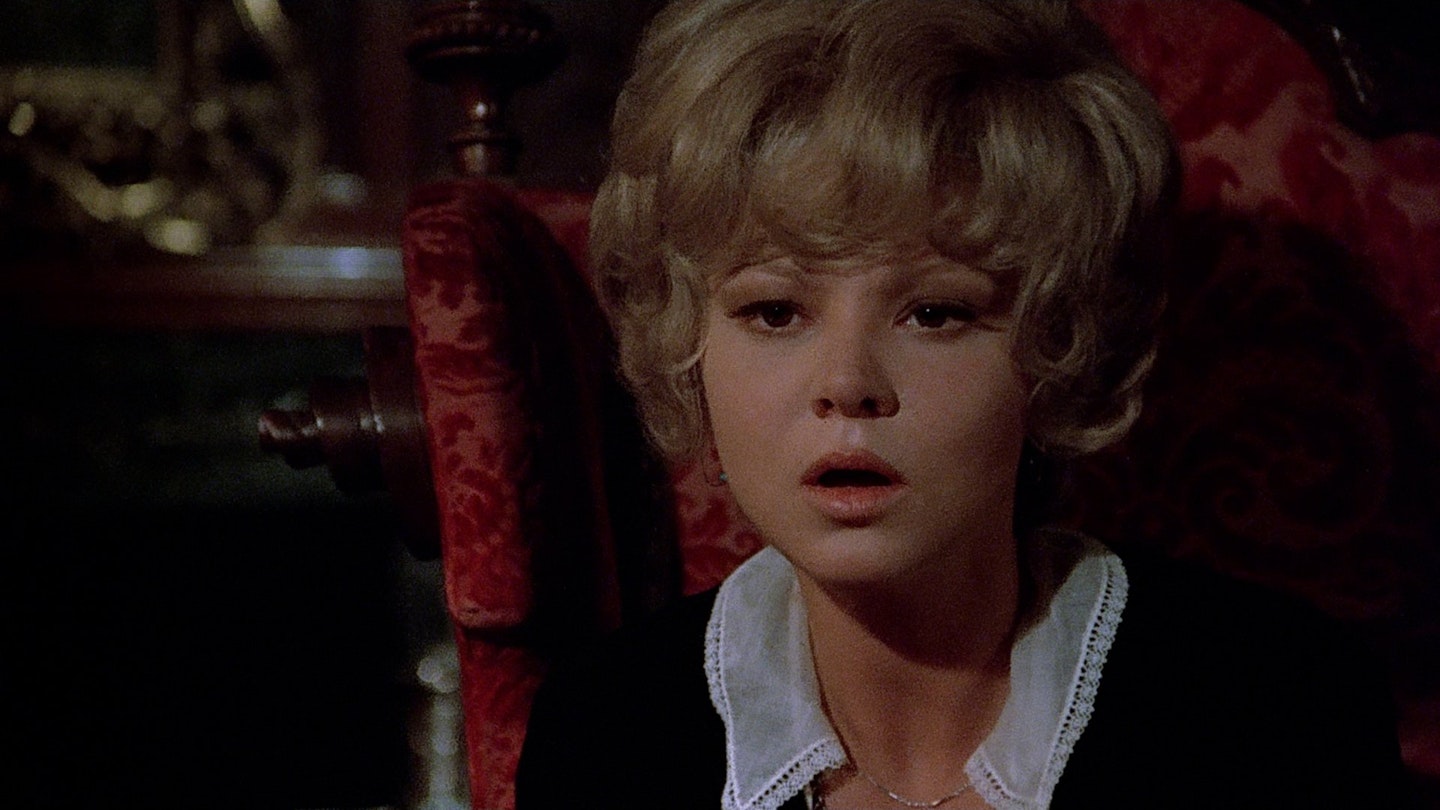Fifty years after he made his directorial debut with The Pleasure Garden, Alfred Hitchcock embarked on his final picture. It was somewhat apt that he transferred the action of Victor Canning's novel, The Rainbird Pattern, from the English countryside to California, as it symbolically marked his own journey from Leytonstone to Los Angeles.
The hunt for a missing person was a classic Hitchcock scenario and Barbara Harris and Bruce Dern's search for Eddie Shoebridge recalls the pursuits undertaken by Robert Donat in The 39 Steps, Michael Redgrave and Margaret Lockwood in The Lady Vanishes, James Stewart in Vertigo, Cary Grant in North By Northwest and Vera Miles in Psycho. The latter film's obsession with the influence of the dead over the living also recurs in Family Plot, as it had previously informed Notorious and The Trouble With Harry.
Karen Black's confession that she feels a sexual charge when either kidnapping her victims or collecting the diamonds that she and William Devane demand as ransom echoes the attitudes of Grace Kelly, Janet Leigh and Tippi Hedren towards illegality in To Catch a Thief, Psycho and Marnie. Moreover the latter shares Family Plot's preoccupation with a fateful childhood occurrence, a plotline that had its antecedants in Downhill and Spellbound.
What was unique for a Hitchcock narrative, however, was the decision to take two seemingly unconnected stories and allow them to run parallel for much of the action before allowing them to converge. Hitch always insisted on warning his audience about what was going to happen, as he preferred to keep them in suspense waiting for the inevitable rather than shock them with the unexpected. But by playing out Harris and Dern's mission to locate a long-lost heir in a different plane to Black and Devane's abduction racket, Hitchcock was able to coax the viewer into jumping to their own conclusions, which he then proceeded to confound.
